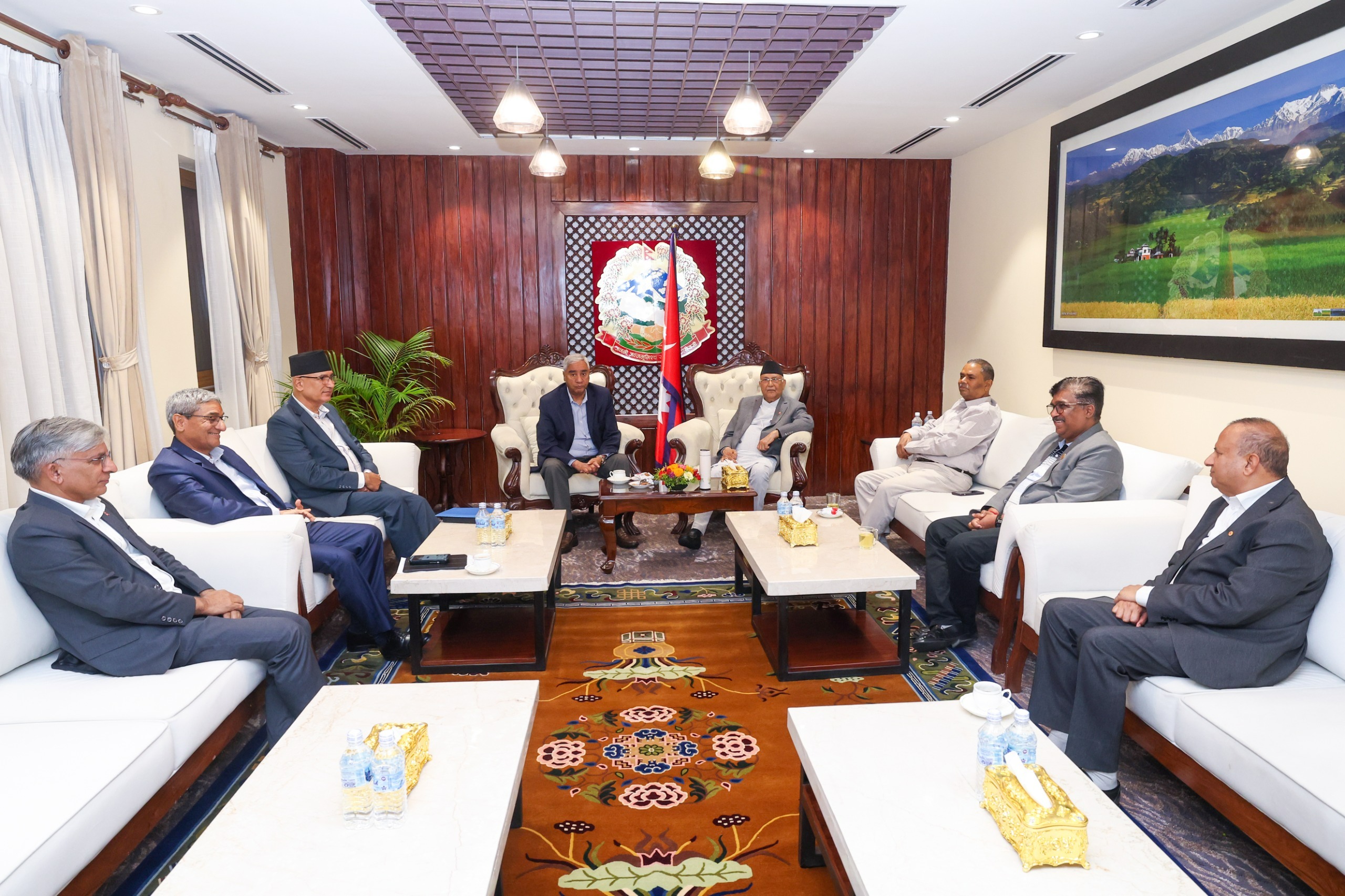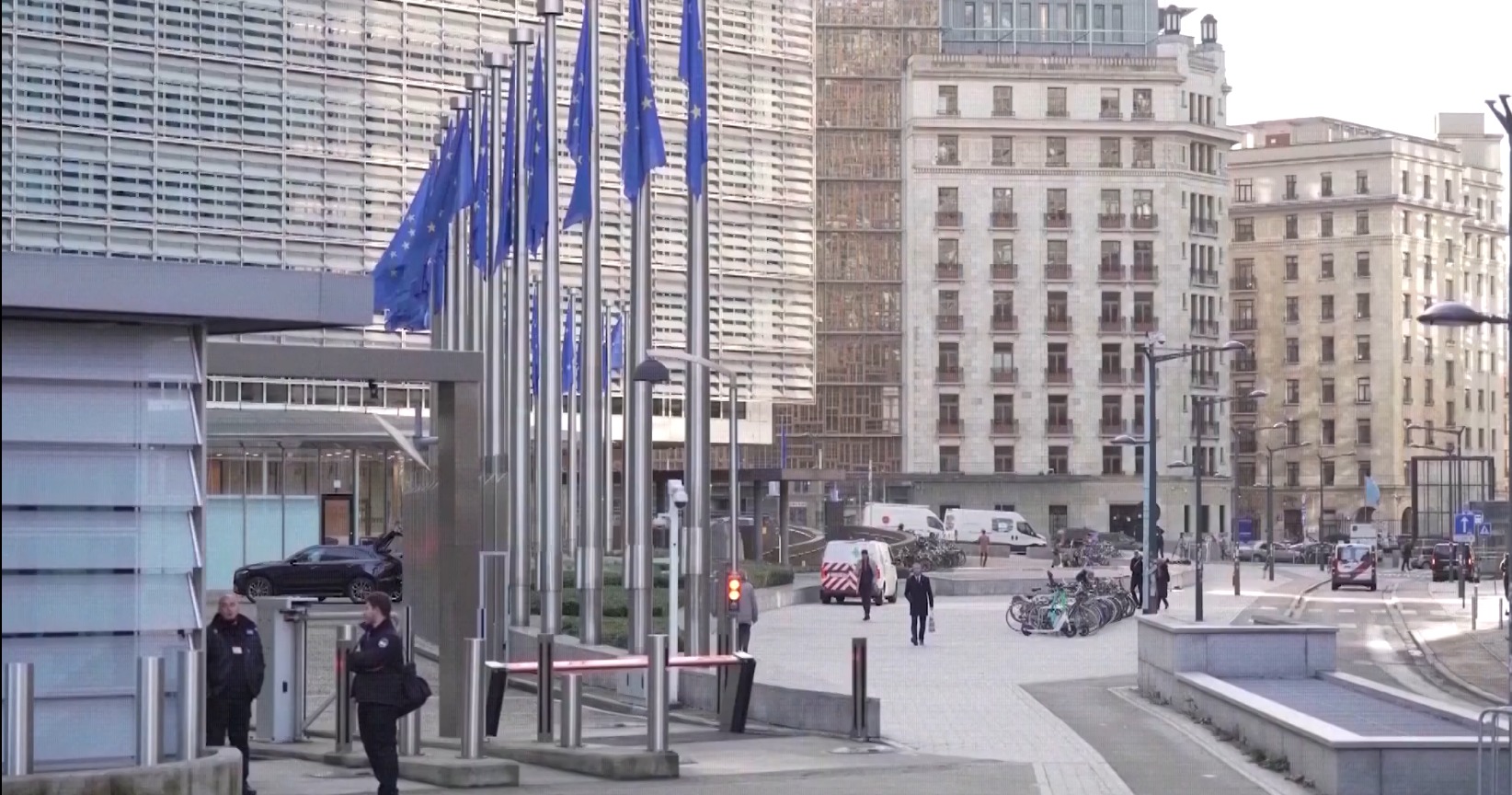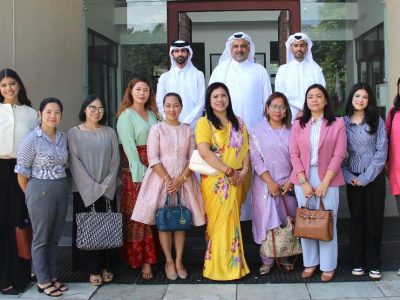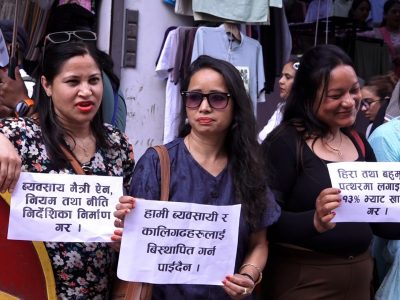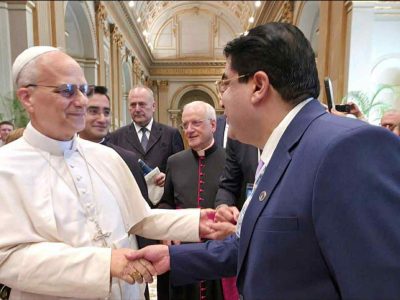The Importance of the Implementation of a Technocratic Approach by Nepalese Political Parties
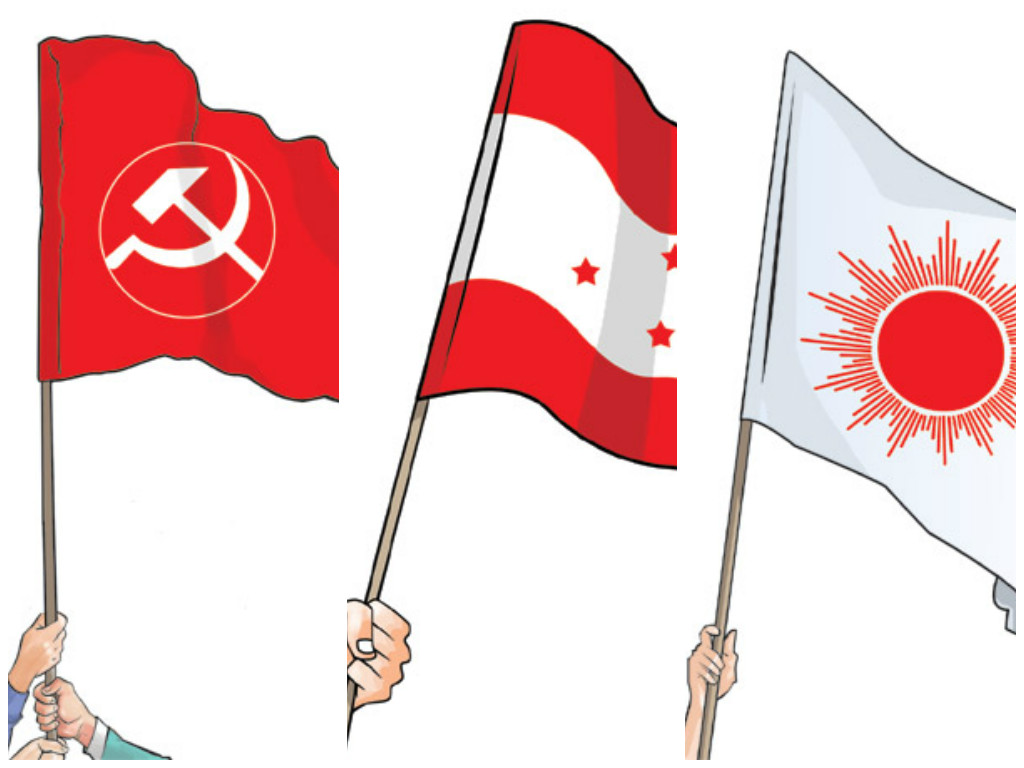
Political Developments in the World
In the modern period, the world has been evolving in remarkable and unexpected ways in the fields of science, politics, warfare, and technology. In these times much emphasis has been placed on scientific discoveries and globalization. We witnessed first-hand the gain of power by the Europeans who expanded to other continents forming colonies and having total control of nations in political, economic and cultural terms.
The last times of the 19th and 20th centuries was characterized by a domination of the modernist, political and cultural arts of one of the most powerful countries in the world, the United States. In this new era of Pax Americana it is characterized by a development of individualism, capitalism, urbanization and faith in technological and political progress.
The events that marked the development of modernity were: The American Revolution, the French Revolution, the Russian Revolution, the First World War and the Second World War. It is worth mentioning the enormous influence that the Industrial Revolution had in the economic, social and technological fields. Extending from Great Britain to all Western Europe and Anglo-Saxon America. From this moment begins the transition that would end manual work, replacing it with machines for industrial manufacturing.
After all these events, especially after the Second World War, we were able to witness an increase in power of the socialist countries, which led us to the birth of the Cold War, due to the tensions between the socialist bloc (anti-system) and the western bloc (pro-system). Many countries suffered economic stagnation, others a growth in terms of military security. Then we dive into the century of knowledge and progress, the 21st century. A century in which its main pillar has been digitization in all fields since the implementation of: E-government, E-governance, M governments and Smart Government.
Public Administration Models
Throughout history, we have been able to witness different models in public administration, among these:
Paradigm 1: Politics / Administration Dichotomy (1900 – 1926)
Beginning with politics / administration dichotomy (dichotomy means a division or contrast between two things) introduced and being used by Frank J. Goodnow in his book “Politics and administration) and by Woodrow Wilson, in his essay “Study of Administration”. During this era, public administration received first serious attention as a separate discipline and dichotomy between politics and public administration became the first identified theory of public administration.
Paradigm 2: The Principles of Administration (1927 – 1937)
During this period, some principles of administration by F.W. Willoughby, Luther H., Guilick, Lyndall Urwick had been proposed. In this paradigm, certain principles of administration which overlaps as principles of management from where they were essentially borrowed, started being visualized as “ready-made aids” for efficiency in administration. Such principles of administrations have sub paradigms. The first subcategory is the Period of Orthodoxy. This is scientific management or Taylorism as it was proposed by Frederick Winslow Taylor in 1911. Further, Luther Gulick and Lyndall Urwick brought the concept of POSDCORB in Public Administration in 1937. By 1938, the function of the Executive was defined by Chester Barnard, and further, administrative behavior in 197 was done by Herbert Alexander Simon.
In Nepal, currently, Bureaucracy (1922) by Max Weber is being in practice which is a traditional bureaucratic model. Then we can assume the main reason behind our backwardness.
Paradigm 3: Public Administration as a Political Science (1950 – 1970)
During this period of Public Administration, was taken as a political science and Paul Appleby and Waldo were the main contributors on it. During this era, PA re-established its links with Political Science. In this context, Martin Landau observed in 1962 “Public Administration is neither a subfield of Political Science nor does it comprehend it. It inly becomes a synonym. On a similar wavelength, Willian Siffin had also noted in 1956 “the study of Public Administration in U.S. is characterized by the absence of any fully comprehensive intellectual framework”. Also, Roscot Marin had called for it in 1952, continued domination of political science over public administration. Thus, in this era, many political scientists gave to public administration what Dwight Waldo termed as a second-class citizenship.
Paradigm 4: Public Administration as Administrative Science or Management (1956 – 1970)
During this period, public administration as administrative science or management that it highly influenced by Organization Theory and Management Science. In this period, public management model of administration was established. Thus, during this period, the broad theme that emerged was “a likeness of administration of all organizations whether public, for profit or non-profit”. In other words, the action part of the operative of any organization whether public or private was described as similar. Within this time period, public administration got pressure of separatism. Henry presents this as the development of a separate identity among “public administrators”, both academics and practitioners. In the U.S., systematic thinking about public administration had its origins in political science.
Paradigm 5: Public Administration as Public Administration (1970 – Present)
The concept of Public Administration as public administration it is in use till today. The term “Public Affairs” became popularized, and it was concerned on: Why and how organization works? How and why people in them behave? How and why decisions are made?
The public administrators became increasingly concerned on the areas of policy science not political science, political economy, public policy making process and its analysis, and measurement of policy outputs. The popular models include: New public administration, reinventing government, new public management, new public service and postmodernism.
Paradigm 6: Public Administration as Governance (1990 – Present)
Since 1990 to present, we have public administration as governance as mentioned “Good Governance” by Leftwich (1990) and Weiss (2001), “Governance as good enough governance” by Grindle (2002) and “Collaborative, partnership, network governance” by Ansell &Gash (2008).
The Future Digital Governance
In the future, most of the countries will have digital governance. This is the same as E- Government proposed by Jeong (2007). Such E-government will be highly facilitated with digital interactions between Community to Government (C2G), Government to Government (G2G), Government to Community (G2C), Government to Education (G2E) and Government to Business (G2B). Even there seem chances of applying Mobile Governance, Smart Government and Automation / Collaboration Governance.
Political Developments in Modern Nepal
Nepal has been in this position after facing many ups and down politically. The changes took place when the King Prithvi Narayan Shah reunited Nepal (1723 – 1775). However, Rana regime existed when Jung Bahadur Rana started autocracy ruling the Kingdom of Nepal in 1846 and continued until 1951, reducing the Shah monarch to a figurehead and making Prime Minister and other government positions hereditary.
Since the common people had been deprived from their fundamental rights and suppressed with autocracy, the voice against Ranas (1937 – 1951) began to come out. The voice formally went on the floor when Nepal Praja Parishad (formed in 1939) started anti-Rana movements in Nepal. Later, Nepali Congress (formed on 19 April of 1939), with the support of civilians, became able to overthrow Rana regime. Therefore, Ranarchy officially came to an end in 1951 and democracy was declared in Nepal on February 19th 1951.
Even though Nepalese people had been facilitated with democracy, the ambitious King Mahendra captured and declared non-party system in 1961. Consequently, political agitations went one after another. To solve the issue, a referendum was announced on May 24, 1979 on whether people would have reformed Panchayat System (non-party system) or the Multi-party System. The Panchayat System was chosen with a majority of 54.7%. However, Nepali Congress and United Liberation Front launched a joint revolution against Panchayat System for the restoration of democracy and Nepalese people regained democracy in 1990. Therefore, the time between 1979 – 1989, was the time of movement against monarch.
By February 13th, 1996, UCPN (Maoist) armed revolution started against the Westminster System in Nepal. The Narayanhiti Massacre occurred on Junes 1st , 2001 and on February 1st , 2005, King Gyanendra detained all political leaders including Prime Minister Sher Bahadur Deuba and formed the government under his chairmanship that boosted the Maoist revolution to reach in extreme height.
With all these events, all the political parties allied to go against Monarchy of former King Gyanendra. The mass movement was of seven party alliances (SPA) and Maoist led the movement 2006 – 2007. In November 2006, Government of Nepal and the Communist Party Nepal (Maoist) concluded comprehensive peace accord. As the main achievement, interim Constitution of Nepal 2007 was promulgated on January 15th, 2007. Ultimately, the nation came under Federal Democratic Republic System form Constitutional Assembly. In 2008, Madhesh Movement (Andolan) rose demanding “One Madhesh, One State”, and it is not fulfilled till now.
Comparison of Political and Administrative Paradigms with Nepal
The modern world got success from one stage to another stage. It is true that the world progressed in the fields of science, politics, warfare, and technology (scientific discovery and globalization). The modernism in art, politics and culture in Western Europe and North America developed of individualism, capitalism, urbanization and a belief in the potentialities of progress in technology and politics. Even The American Revolution, The French Revolution, The Revolutions of 1848, The Russian Revolution, The First World War, and the Second World War prompted for heading towards peace and progress. The industrialization in Britain pushed the whole world into institutionalization of representative democracy, individualism, industrialization, urbanization, and so on. Finally, dramatic progress in research and knowledge (information age) changed the Postmodern era into digitality. Therefore, in global context, there come positive changes one after another that certainly is going to change this human world into digitalization.
In contrast, Nepal got achievements from Rana regime to the present context, still most of the shifts could not obtain the main objectives, though obtained, could not institutionalize longer. Since the date, the democracy was declared in 1951, declaration of non-party system from the King Mahendra, a referendum in 1979, joint revolution of Nepali Congress and United Liberation Front against Panchayat System and restoration of democracy, UCPN (Maoist) armed revolution in 1996 to the mass movement of seven party alliance (SPA), finally led the promulgation of interim Constitution of Nepal 2007 and the nation into Federal Democratic Republic System from Constitutional Assembly.
In conclusion, from the literature, we can say that the political paradigms that occurred in Nepal, came with some achievements except some weaknesses or failures. Few countries like Spain, have already initiated digital governance, yet we are applying the traditional model of bureaucracy. For the backwardness of the nation, whom to blame: the politics or politicians, or the public administration? Thus, is it clear that the Nepalese politics is on a right track either politically or administratively even though we have a lot to change the administration in both.
Facebook Comment
latest Video
Trending News
- This Week
- This Month


